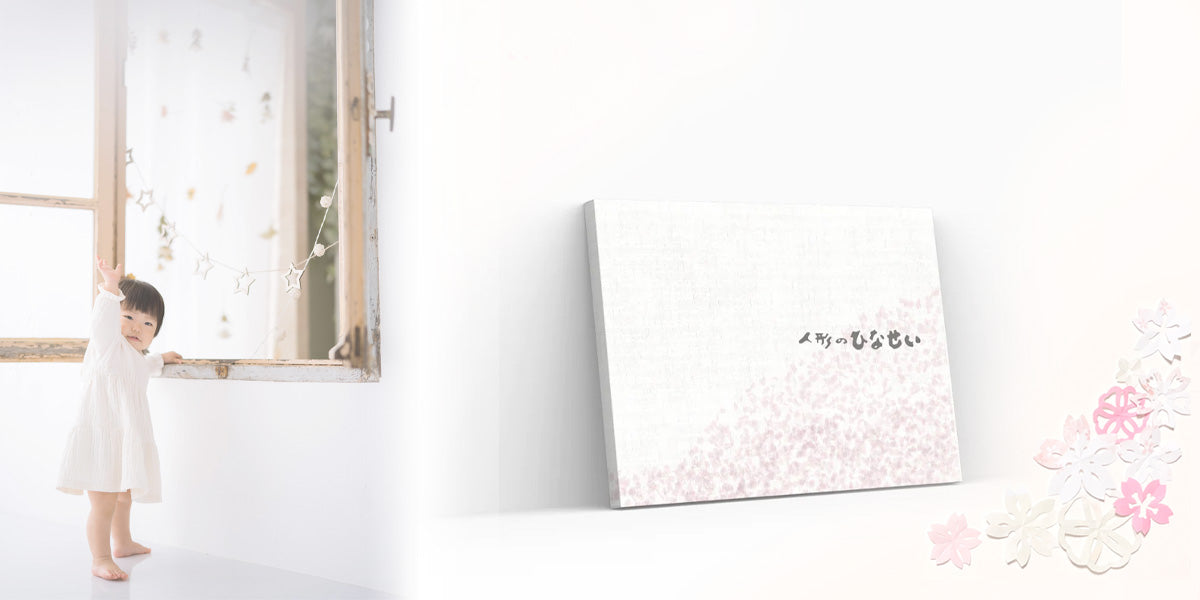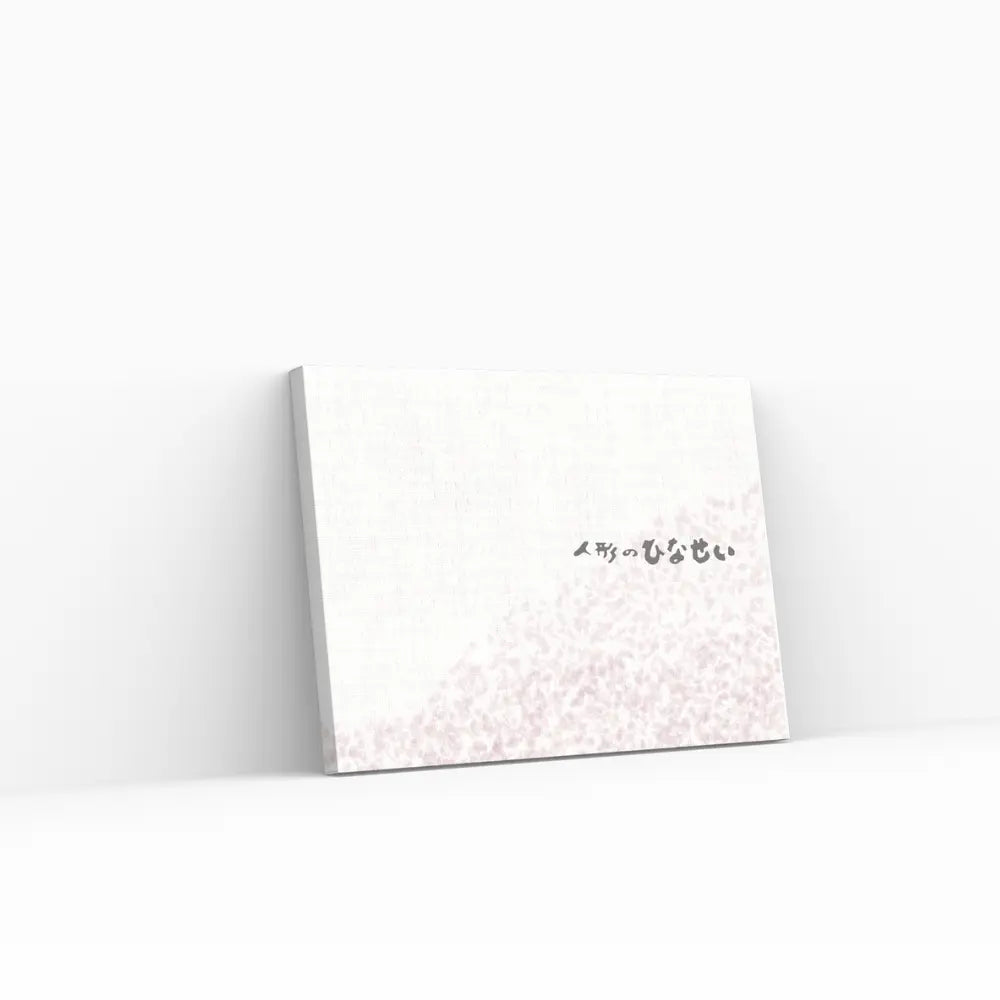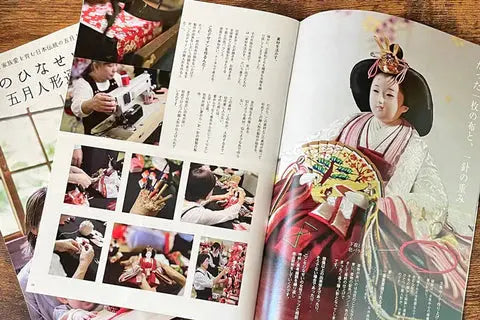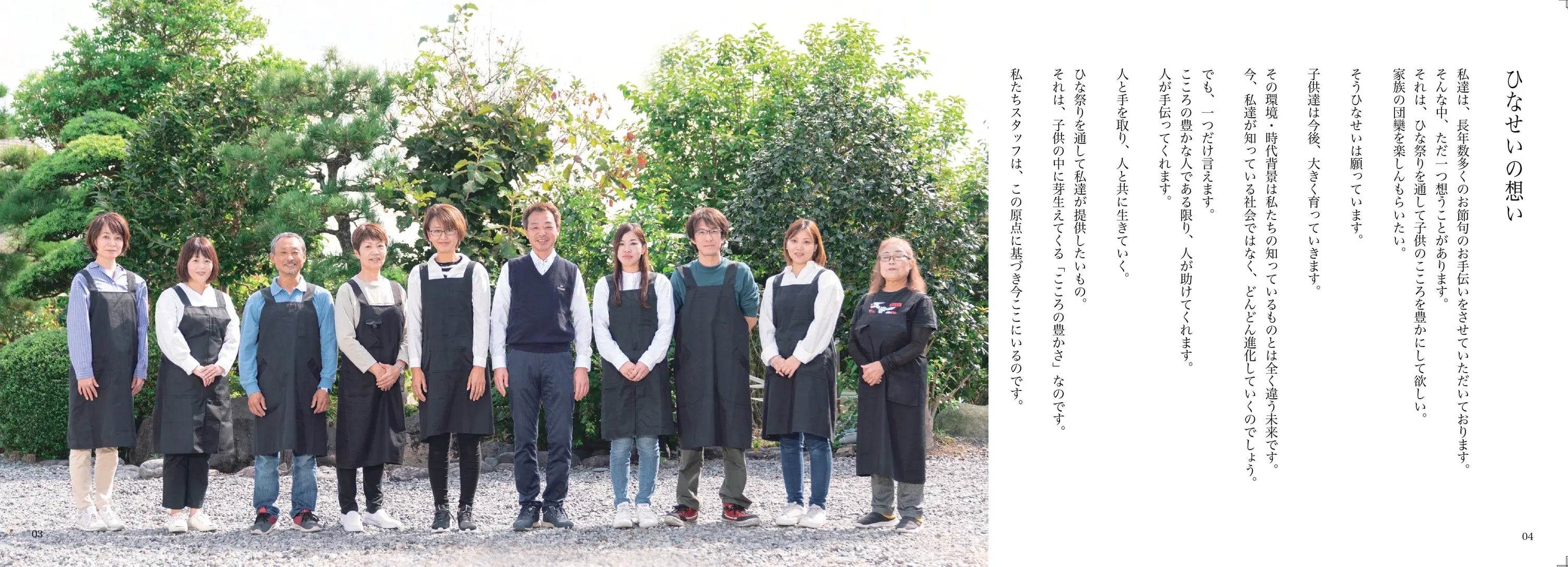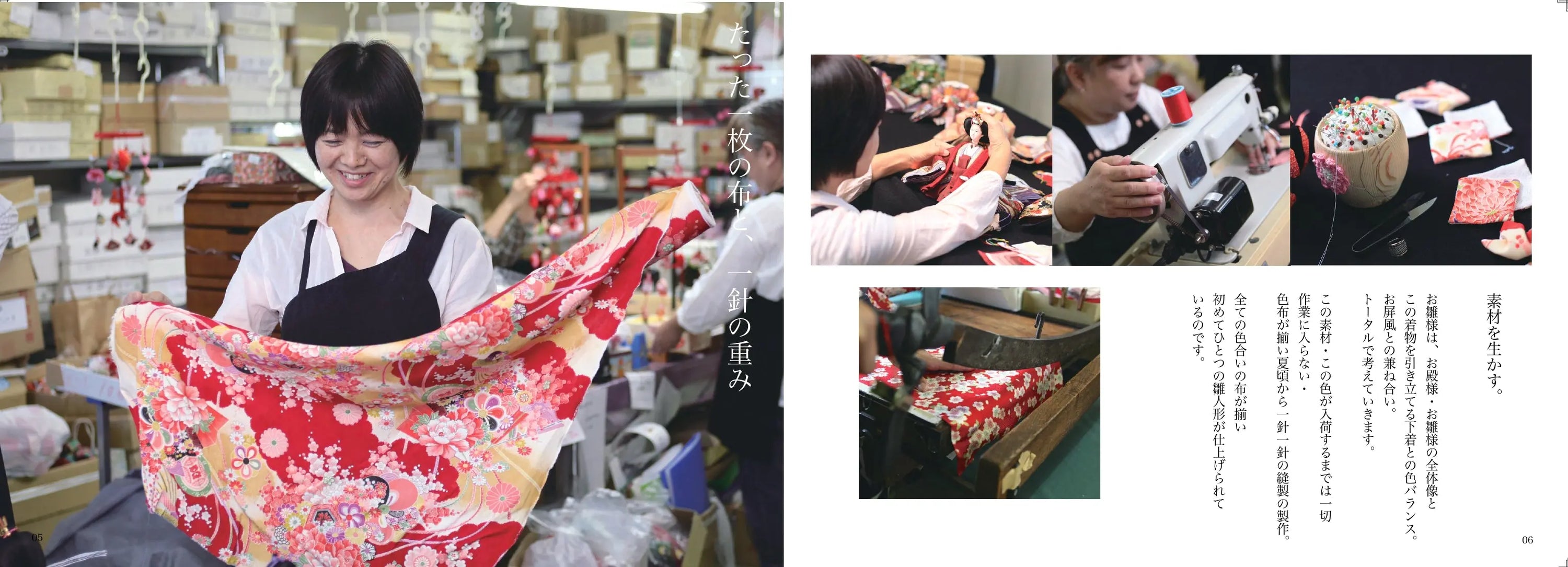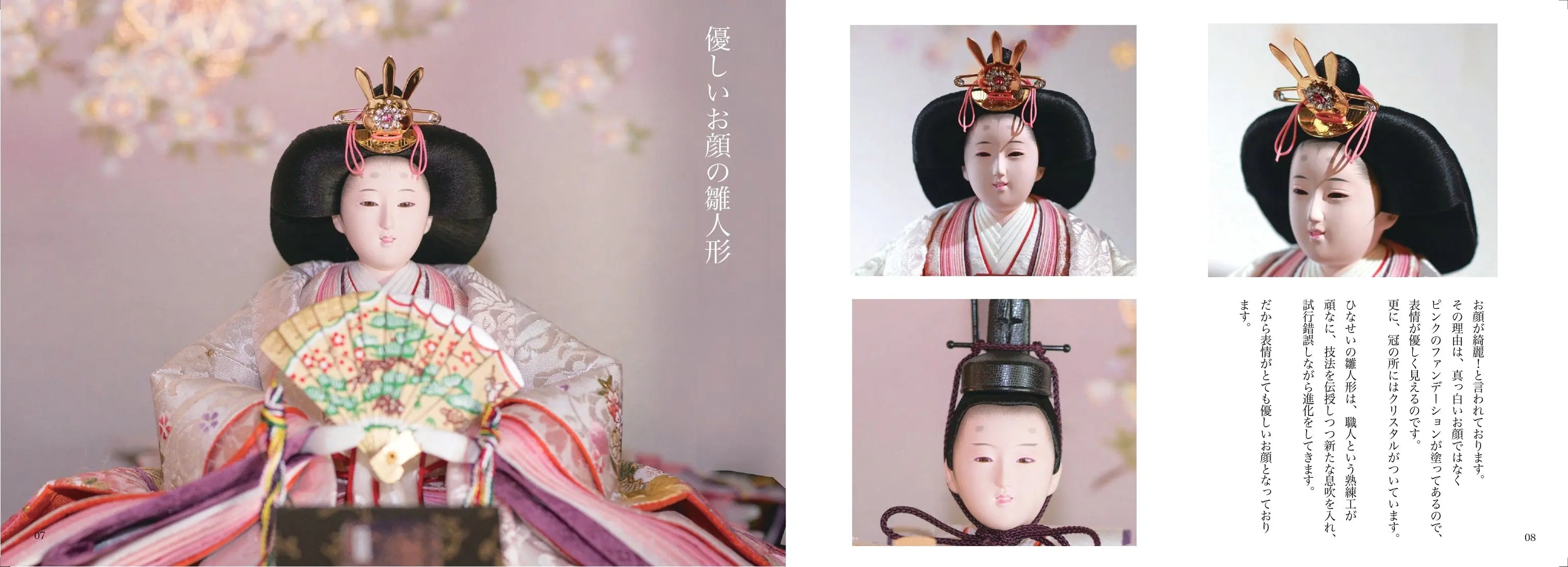The meaning and history of the four colors of Hinaarare (rice crackers) used in the Hinamatsuri festival
On Hinamatsuri (Girl's Day), strangely enough, Hina arare (rice crackers) are displayed next to the Hina dolls .
This "Hina Arare" is made every year after the Hinamatsuri festival ends and the Hina dolls are put away.
It's something the whole family enjoys eating.

---- table of contents ----
Click below to jump
1. Hinamatsuri: The origin and meaning of Hinaarare! Explaining the symbolism of the Girls' Festival
~Sweets to pray for girls' growth~

1. Hinamatsuri: The origin and meaning of Hinaarare! Explaining the symbolism of the Girls' Festival
What is the origin and meaning of Hinamatsuri Hinaarare? : Learn more ▶︎
Hinamatsuri is an ancient event in Japan.
It is held to pray for the growth and health of girls.
At the center of it all is "Hina Arare"
Hina arare is made up of colorful colors such as white, green, peach, and yellow.
It represents the changing seasons and natural symbols.
The background to the creation of these sweets is the feeling of the four seasons of Japan.
It is filled with a strong desire for the child's growth.
In particular, March 3rd, known as the Girls' Festival , is a day when people celebrate the cold winter.
Eating Hina Arare has become a common event to celebrate the arrival of spring.
The meaning of Hina Arare lies in the wishes that are embedded in each color.
For example, white represents purity , green represents growth and new life, and peach represents happiness.
These colors symbolize Japan and the changing seasons.
It embodies the family's desire for their children to grow up healthy.
This ancient custom is still cherished in many homes today.
Hina arare, a symbol of Hinamatsuri, is not just a sweet,
It is an important thing to pray for the happiness and health of the family.
By exposing your child to this tradition,
It will be an opportunity to reaffirm Japan's rich culture and family ties.
2. What are the meanings of the colors of Hinaarare? The colorful reason for celebrating spring with Hinamatsuri
Explaining the meaning of the colors of Hina Arare! : See details ▶︎
Hina arare, which is served during Hinamatsuri, is characterized by its colorful appearance.
Hina arare is made up of colorful sweets such as white, green, peach, and yellow.
Each one has a deep meaning .
These colorful shades symbolize the four seasons and nature of Japan.
It is a symbol of celebrating spring.
First of all, white represents purity and positivity, symbolizing winter snow and a pure heart.
Next, green represents new growth and development, signifying the arrival of spring and the march of life.
Peaches (red) symbolize happiness and love, and are filled with wishes for health and longevity.
And yellow represents abundance and harvest.
It is said to be a color that represents wishes for the blessings and stability of nature.
One of the reasons why Hina arare is an essential part of Hinamatsuri is the symbolism of its color.
By eating colorful Hina Arare, people pray for the health and happiness of their families.
You can feel the change of seasons.
3. Differences between Kanto and Kansai Hina Arare! How to enjoy Hinamatsuri in each region
What is the difference between Hina Arare in Kanto and Kansai? : See details ▶︎
Hina arare for Hinamatsuri
It is known that the flavors and shapes differ between the Kanto and Kansai regions.
The differences between each region reflect their culture and history.
Although it is a traditional sweet,
In the Kanto region, you can enjoy a variety of dishes that reflect the characteristics of each region.
In the Kanto region, puffed rice crackers the size of a grain of rice are generally used as Hina arare.
It is characterized by its sweet sugar coating.
The Hina Arare in the Kanto region is mainly sweet in taste,
In the Kansai region, it is characterized by more mature flavors such as salt and soy sauce.
Tasting the Hina arare from both regions will broaden your enjoyment of Hinamatsuri.
There is also an opportunity for families to learn about regional cultural differences.

Served with Hina Arare rice crackers... Compact and popular [Kasuga Hina]
4. Why we eat Hina arare on the Girl's Day festival! The origin and background of Hinamatsuri
Why we eat Hina Arare on the Girls' Day: Learn more ▶︎
The reason why we eat Hina arare on Hinamatsuri is
It originates from a traditional custom of praying for the health and happiness of girls.
The origins of this event can be traced back to the court proceedings of the Heian period.
On March 3rd, known as "Peach Festival," families decorate their hina dolls.
The custom of eating Hina Arare to celebrate the arrival of spring became widespread.
The colorful hina arare symbolizes the rebirth of spring flowers and nature.
Eating it is a way of praying for the happiness and prosperity of the family.
Eating Hina Arare is not just a custom,
It is an important act that expresses hope for the girl's growth and the happiness of the family.
Even today, this tradition continues in many homes.
By eating Hina arare on Hinamatsuri,
The whole family can experience the rich culture and nature of Japan,
It is an opportunity to celebrate the beginning of a new life.
5. Homemade Hina Arare! An easy homemade recipe perfect for Hinamatsuri
Easy recipe for making Hina Arare at home: See details ▶︎
Hina arare is an essential food for Hinamatsuri.
It is not only available commercially but can also be easily made at home.
Especially for health-conscious families,
We recommend homemade Hina Arare rice crackers made with organic and low-sugar ingredients.
By making things by hand, you can spend time with your family,
You can enjoy preparing for Hinamatsuri.
First, the base of the rice crackers is made from glutinous rice or non-glutinous rice.
By lightly pouring this over the food and coating it with sugar and natural ingredients,
A simple and delicious Hina Arare is ready.
By using natural coloring agents for coloring,
For example, red contains beetroot, green contains matcha or spinach powder,
For the yellow, use pumpkin powder.
When making Hina Arare by hand, it's a good idea to make it together with your children.
By conveying the origin and meaning of Hina Arare while making it,
Hinamatsuri should not just be a celebration, but a time to strengthen family bonds.
It will be a wonderful experience where you can share the joy of welcoming a new season with the arrival of spring while gathering around the Hina Arare that your family has made together.
6. What is the origin of the colors of Hinaarare? The meaning of the four colors celebrated on Hinamatsuri
Explaining the meaning of the four colors of Hina Arare! : See details ▶︎
Hina arare, which appears on Hinamatsuri , has the following features:
They are imbued with symbols of the changing seasons and nature. Of these, the four colorful colors of Hina Arare are particularly noteworthy.
Each of these colors has a deep meaning.
It contains an important message of praying for the health and happiness of your family.
First of all, white symbolizes winter snow and new things.
It means purity even in harsh seasons.
Next, green represents the budding of spring and is a symbol of growth and life , and peach (red) is a color that represents happiness, health, and longevity, and is filled with feelings of prayer for family happiness.
Finally, yellow represents abundance and the blessings of the earth.
It is a color that expresses gratitude for the blessings of nature.
In this way, the four colors of Hina Arare are not just decorations on sweets,
It plays an important role in celebrating nature and the changing seasons in Japan.
By eating Hina arare on Hinamatsuri, the whole family can feel the beginning of a new season.
With the arrival of spring comes new hope .

7. Chocolate Hina Arare, a popular treat for Hinamatsuri! A fusion of tradition and modern trends
What is the popular chocolate Hina Arare for Hinamatsuri? : Learn more ▶︎
Traditional Hina arare (rice crackers) are an essential part of Hinamatsuri , but recently, a modern twist on the popular "chocolate Hina arare" has also been gaining popularity.
The sweet and delicious chocolate-coated Hina Arare is especially popular with children. While preserving the traditional meaning of Hina Arare, it has become established as a new snack that suits modern lifestyles.
These Choco Hina Arare are regular Hina Arare coated with chocolate and come in a variety of flavors, including bitter, milk, and white chocolate.
Children especially love sweet treats, so they are a very popular choice for Hinamatsuri.
These modern chocolate Hina Arare cookies are a new style that combines tradition with modern trends, making them a treat the whole family can enjoy.
We hope you enjoy the new flavors with your family while enjoying the atmosphere of Hinamatsuri.
8. What is the difference between Hinaarare and Hishimochi for Hinamatsuri? Explaining the role of each
Explaining the difference between Hinaarare and Hishimochi: Read more ▶︎
Hina arare and hishi mochi, which are served at Hinamatsuri, are both essential sweets for the festival , but each has its own role and meaning.
First of all, Hina arare is a colorful sweet that represents the four seasons of Japan. The four colors, green, white, peach (red), and yellow, respectively symbolize the budding of spring, the purity of winter, health, and abundance, and are meant to pray for the health and prosperity of the family. Hina arare is also a sweet that is popular among girls.
It is widely eaten as a lucky charm to pray for healthy growth and happiness in the family.
On the other hand, hishi mochi is made of three layers of mochi, and the colors also have deep meanings. From the bottom up, they are layered in green, white, and pink, with green representing "earth and budding," white representing "purity," and pink representing "warding off evil spirits" and "health."
The diamond shape itself represents a wish for longevity, and is displayed together with Hina dolls during Hinamatsuri.
In this way, Hina arare and hishi mochi have different meanings, but they are both essential sweets for the Hinamatsuri festival.
It's a wonderful opportunity to celebrate the arrival of spring, allowing the whole family to experience Japanese traditions and the bounty of nature.
9. Is Hina Arare good for your health? How to eat it on Hinamatsuri and wishes for growth
Learn about the health benefits of Hina Arare! : Learn more ▶︎
Hina arare, which is served during the Doll's Festival , is not just a simple traditional sweet, but also contains health benefits.
Regular Hina Arare rice crackers are made from glutinous rice or non-glutinous rice, and are lightly seasoned with a sprinkling of sugar and salt.
Glutinous rice is rich in vitamins and minerals and is an excellent source of energy.
Hina arare, which is colored using natural ingredients, is healthy, and many products are sold that do not use synthetic colorings.
Eating Hina Arare on Hinamatsuri also symbolizes praying for the health and prosperity of the family .
The colorful hues each represent a wish for health and happiness, and having the whole family gather around Hina Arare can help raise awareness of health.
Hina arare not only adds color to the Doll's Festival, but is also a sweet that is meant to convey wishes for the healthy growth of children.
By using nutritious ingredients, the whole family can enjoy it safely, and it is an event that allows you to deeply feel the meaning of Hinamatsuri.

For a gorgeous Hinamatsuri! A gorgeous three-tiered decoration [Sayaka Hina]
10. Summary: Celebrate spring with your family by eating Hina-arare on Hinamatsuri
How to celebrate spring with your family on Hinamatsuri: Learn more ▶︎
Hinamatsuri is a traditional Japanese event that prays for the healthy growth and happiness of girls.
In particular, eating Hina Arare with the family is an important custom that is an essential part of this event.
Hinaarare celebrates the beginning of spring with colorful colors and their symbolic meanings, as well as natural changes and family health. White represents purity, green represents the budding of new life, and pink represents happiness and longevity. The whole family can feel the beginning of spring with this event.
Eating Hina Arare means more than just a meal. It reaffirms the cycle of nature and family bonds, and by introducing children to this tradition, it becomes a heartfelt festival that deepens understanding of Japan's rich culture. Hina is a precious opportunity to remember harmony with nature in everyday life and enjoy the arrival of spring with the whole family.
Celebrating Hinamatsuri and eating Hina Arare is also a way to pass on this rich culture and the importance of family to the next generation.
Please enjoy this wonderful traditional event while feeling the change of seasons and praying for health and happiness.

